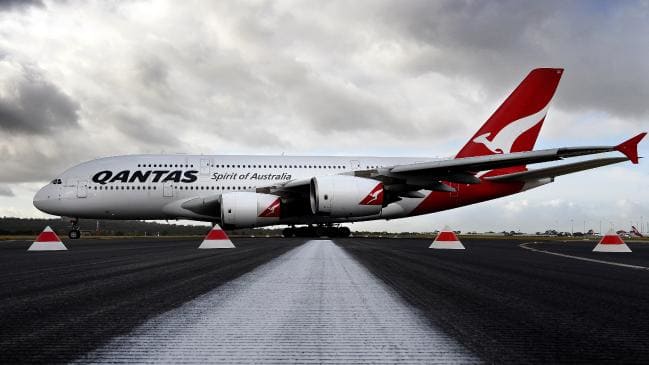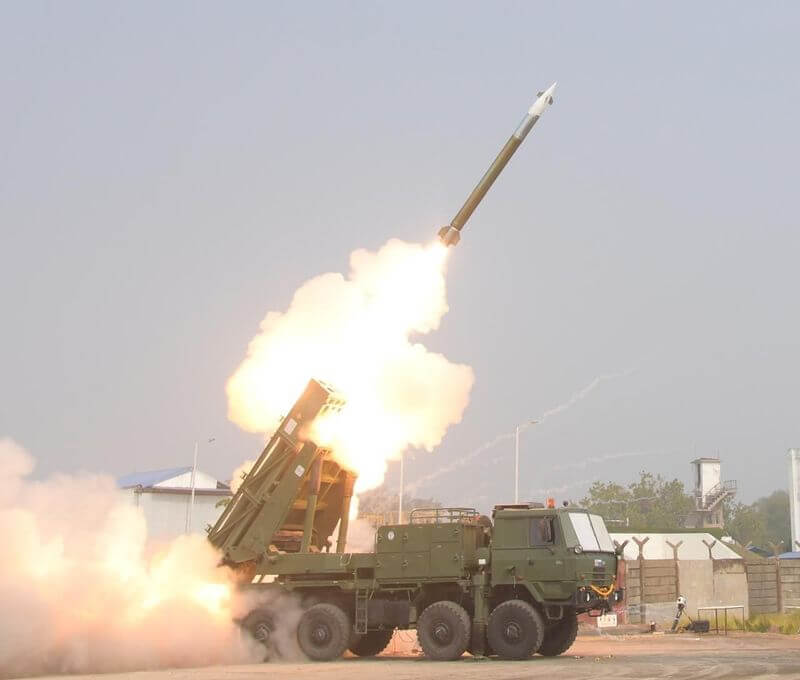Cleaning chemical reside caused Qantas mid-air engine failure, report finds
Thu 18 Oct 2018, 22:45:45

RESIDUE from cleaning chemicals on the engine blades of a Qantas A380 was behind a frightening engine shutdown that caused a loud bang and forced the plane to circle back to Los Angeles, aviation authorities say.
The Australian Transport Safety Bureau has handed down its final report into the mid-air engine failure on flight QF94, bound for Melbourne with 484 passengers on board, in May last year.
According to the report, about two hours after QF94 left Los Angeles, flight and cabin crew heard a sudden bang and felt unusual vibrations on the superjumbo jet.
A passenger noticed flames and sparks coming from an engine on the right of the plane, while the first officer noticed engine number 4 was not performing as the other three.
The flight deck also got an alert about fire in engine 4.
The investigation found the Qantas crew quickly dealt with the situation by shutting off the engine and activating fire systems.
With only three engines working, and with the plane closer to Los Angeles than Honolulu — the next possible place to divert the plane — the captain publicly told passengers and crew they had shut down an engine and the flight was returning to LAX.
The plane landed safety and passengers and crew disembarked at the gate, the ATSB said.
An investigation by Rolls Royce, the manufacturer of the Trent 900 engine, found internal corrosion on some engine blades, which led to fatigue cracking and “significant downstream engine damage,” the report said.
It found the corrosion had
been caused by chemical residue in the engine’s hollow blades, from its last cleaning in July 2015.
been caused by chemical residue in the engine’s hollow blades, from its last cleaning in July 2015.
Since the incident, an audit by Rolls Royce found 12 other engines potentially affected by the cleaning process.
Five of those engines have been removed so far, the ATSB said.
Rolls Royce also revised its blade cleaning procedures and instructions.
The report also said wear in the plane’s fire and overheat detection system would have made it more sensitive to vibration and increase the chance of false warnings.
“Rolls-Royce assessed that it was very likely that the wear, coupled with the vibrations associated with this event, contributed to the spurious fire warning,” the ATSB said.
The ATSB noted the Qantas crew’s good handling of the situation.
“The incident is also an example of effective crew resource management techniques,” the ATSB said in its report.
“The flight crew reported that their actions and response, from the initial engine issue when only two members of the flight crew were in the cockpit to the approach and landing with all four crew members on the flight deck, flowed very smoothly.
“They also felt that their collaborative decision-making was excellent and that the highly experienced second officers provided valuable support to the flying pilots.”
At the time of the incident in May last year, Qantas denied there had been a fire in the engine and said passengers may have seen sparks before the engine was shut down by the flight crew.
No Comments For This Post, Be first to write a Comment.
Most viewed from International
Most viewed from World
AIMIM News
Latest Urdu News
Most Viewed
May 26, 2020
Can Lionel Messi's visit boost Indian football?
Latest Videos View All
Like Us
Home
About Us
Advertise With Us
All Polls
Epaper Archives
Privacy Policy
Contact Us
Download Etemaad App
© 2025 Etemaad Daily News, All Rights Reserved.





































.jpg)
.jpg)
.jpg)


